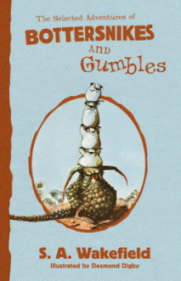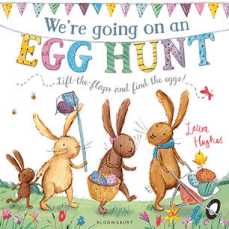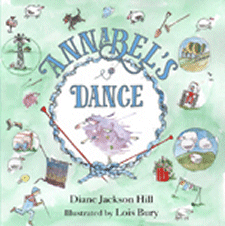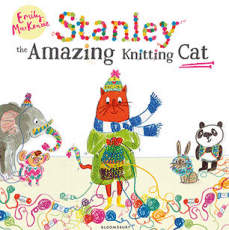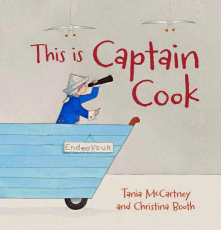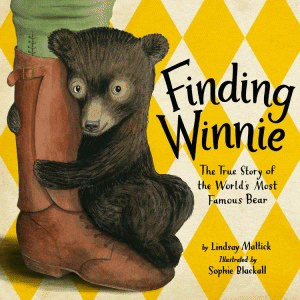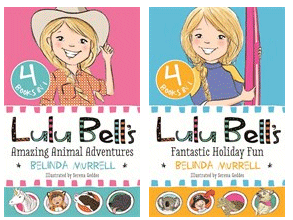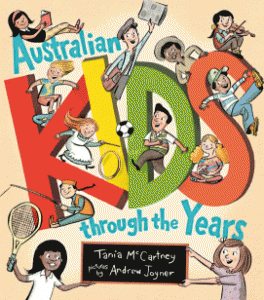Socks, Sandbags and Leeches: Letters to My Anzac Dad
Pauline Deeves
NLA Publishing, 2016
96pp., hbk., RRP $A24.99
9780642278845
February 1st, 1915 and 11-year-old Ivy writes the first of 20 letters to her dad who has enlisted in the army and is in camp in Egypt. She tells him that Uncle Bill and Cousin Joe have also signed up because there is not much work on the farm because of the drought “And they could use the six bob a day”. They also believe the war will be over by Christmas.
But we know it wasn’t and through this series of letters to her father, we learn a little about what life was like at home during this tumultuous time. From Ivy and her mother having to move to live with Aunt Hilda in two rooms that are so small that Ivy has to sleep on a swag under the kitchen table because their landlord keeps putting the rent up right through to the end of the war when Ivy has to give up her job in the bank so a returned serviceman can be employed, we follow this personal account of a little girl growing up very quickly as war impinges on life at home. Skilfully woven into the letters are stories that were big news at the time, like the “Nazi invasion” of Broken Hill; rising prices and the constant call for donations towards the war effort; and the propaganda about victory at Gallipoli when it was anything but; the Cheer Up campaign; the clergy delivering death notices; the debates and competitions for memorials that are not part of the factual accounts our students are usually required to read or view.
These days there is a trend for parents to shield their children from world events but in 1915 every child knew what was going on and was expected to contribute in some way. Ivy’s young cousin Albert is expected to run the farm with his mother and while retired teachers have returned to the schools, time is taken away from the curriculum for the children to do their war work – knitting socks, sewing sandbags and rolling bandages. Even wading into the pond and letting leeches attach themselves to your legs is seen as a contribution and hospitals pay five shillings for 100!
Interspersed in scrapbook fashion are photos, posters, postcards, letters, newspaper articles and all sorts of other items from the National Library’s collection of World War I documents which become real as Ivy references their impact in her letters. Attitudes of the times are apparent as she describes the half-hour she took off to play cricket in the park with her friends juxtaposed with a poster with the heading “Give Us A Hand Old Sport” and an article from a newspaper from a cricket captain who believes that those fit enough to play sport are fit enough to enlist.
Accompanied by a glossary which explains some of the words that are no longer the vernacular, as well as an explanation of each of the illustrations used, this is a most intriguing, engaging account of the war through the eyes of one who is the age of its intended audience. Because of its format it is a personal and reflective account of a time in our history that much has been written about but is nevertheless, scarcely understood by children of that age today.
A must-have, in my opinion.

